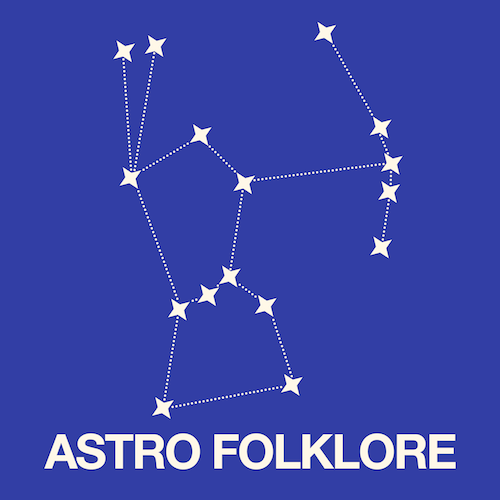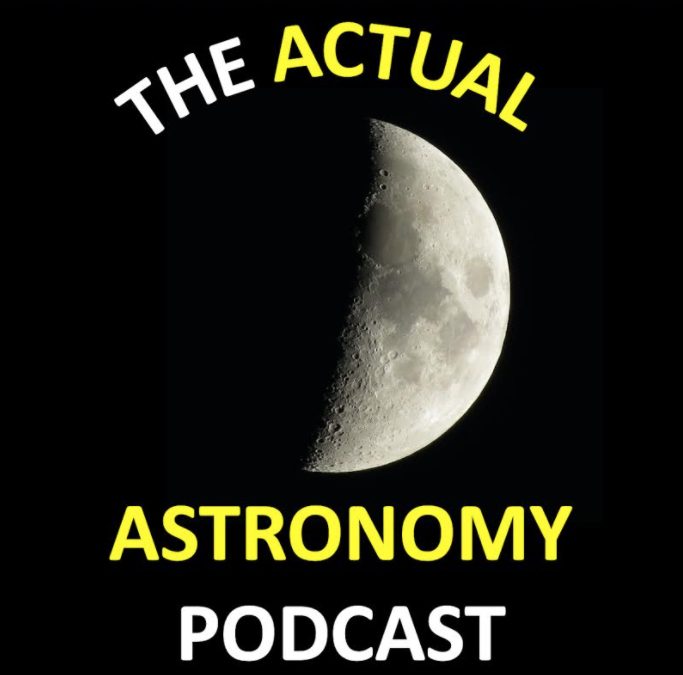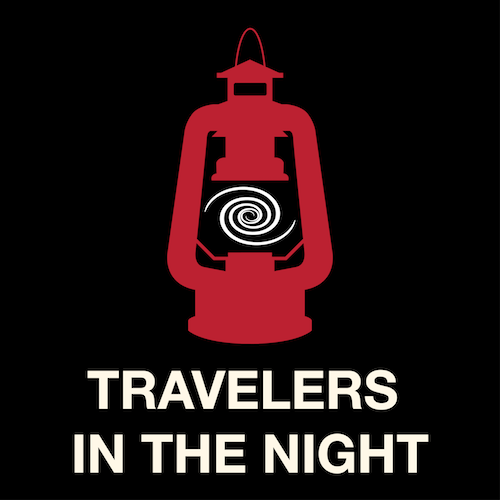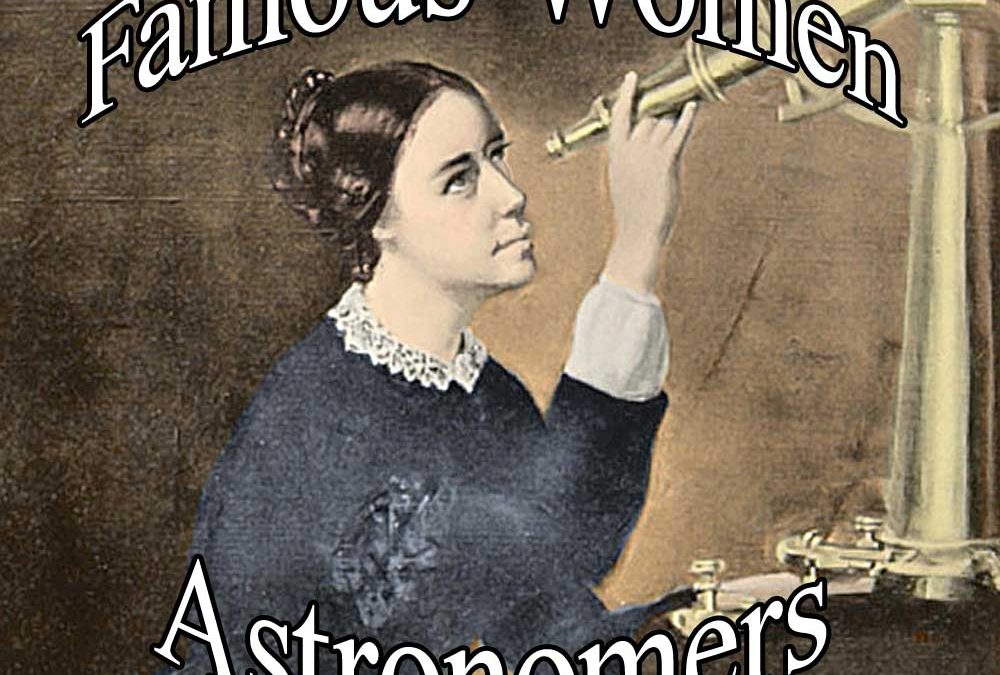Today Awesome Astronomy will taking a look at the colour of stars and why stars appear the colours they do. Also how the mass of a star is related to its temperature, what happens to expanding dying stars and why we don’t see any green or purple stars.







